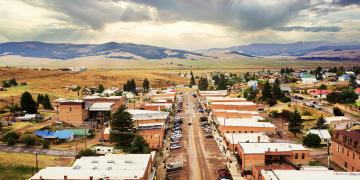Environmental Sustainability
Creating and Delivering Content and Connectivity More Sustainably
Whether greening business practices, setting ambitious climate goals or shining the light on pressing environmental issues, the cable industry is driving progress on environmental sustainability.
In offices and facilities, companies are transitioning to renewable energy and expanding efforts to reduce waste and increase recycling. Creators are embedding environmental sustainability in front of and behind the camera — reducing carbon emissions and minimizing waste during production, while creating content that raises awareness and drives broader environmental action.
And throughout network infrastructure — from data centers to cables, home internet equipment to set-top boxes — providers are improving energy efficiency and reducing carbon emissions while designing products and packaging to minimize waste and increase recyclability.
Advancing Environmental Sustainability at Every Step





Setting Standards Above and Beyond
Voluntary Agreements Save Emissions and Lower Energy Costs
For years, the cable industry has worked with device manufacturers and industry groups like the Consumer Technology Association (CTA)® and CableLabs® to voluntarily set high standards for the energy efficiency of video devices and small network equipment. The agreements have saved consumers billions on their energy bills and prevented millions of tons of CO2 from being released into Earth's atmosphere.




















